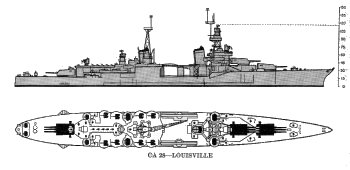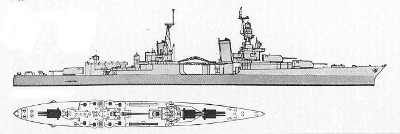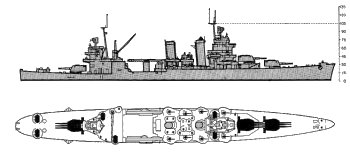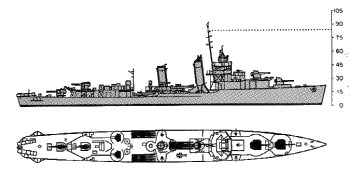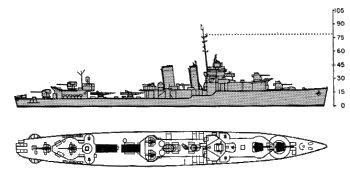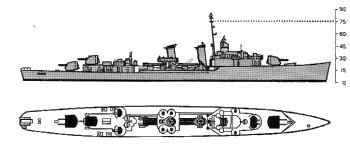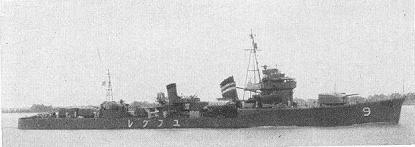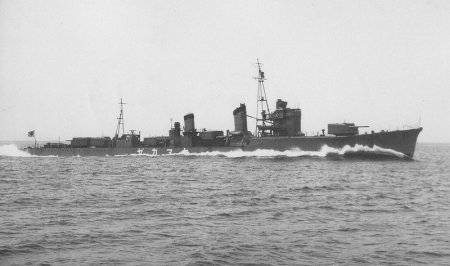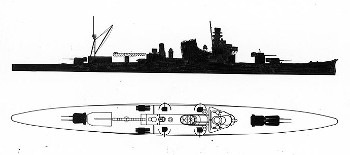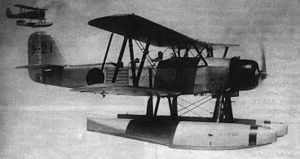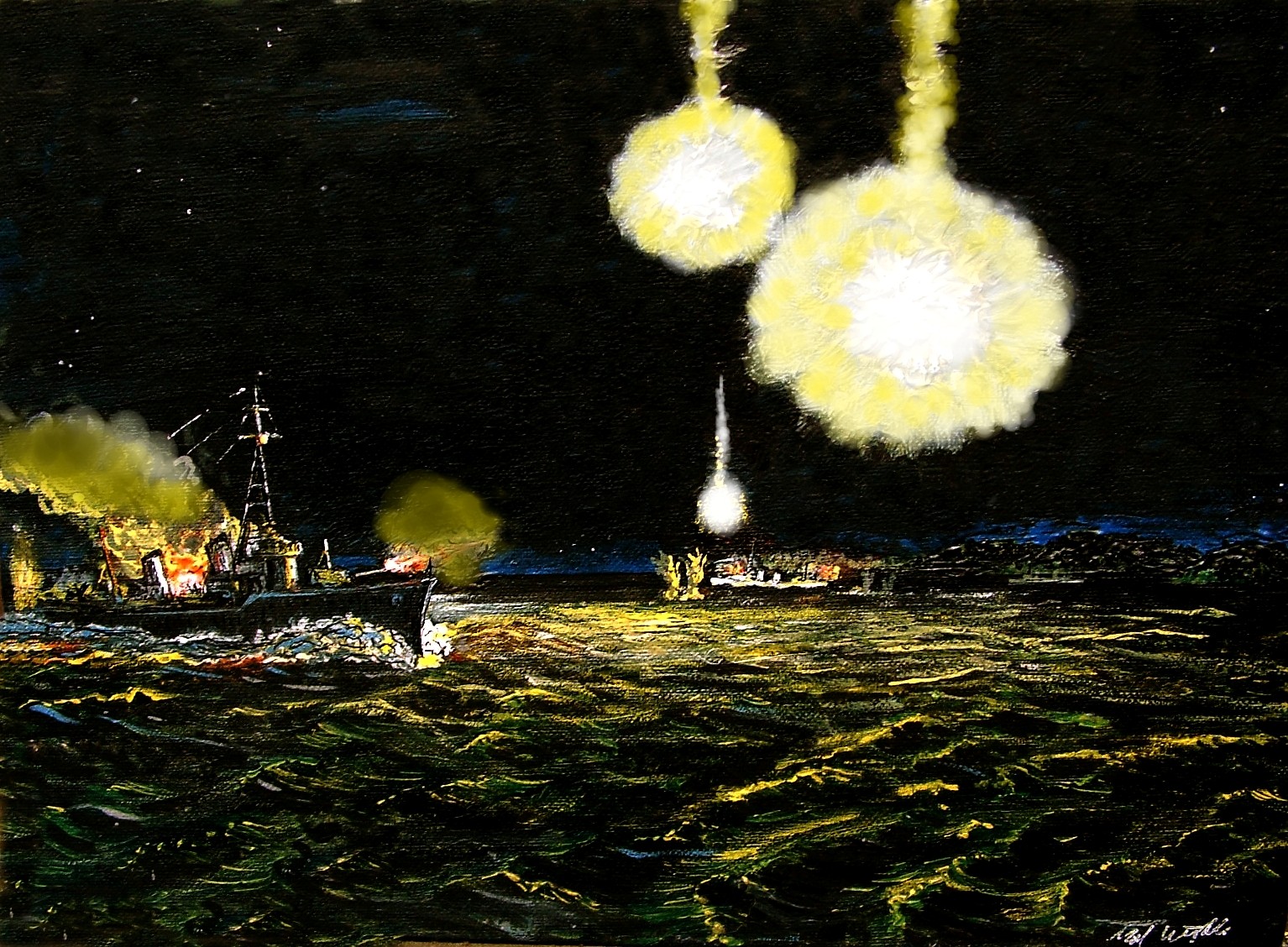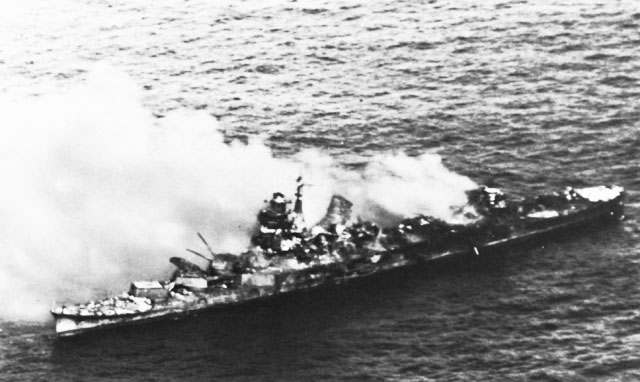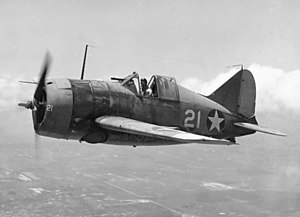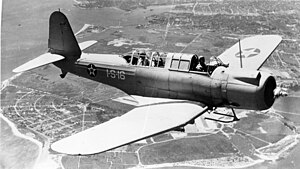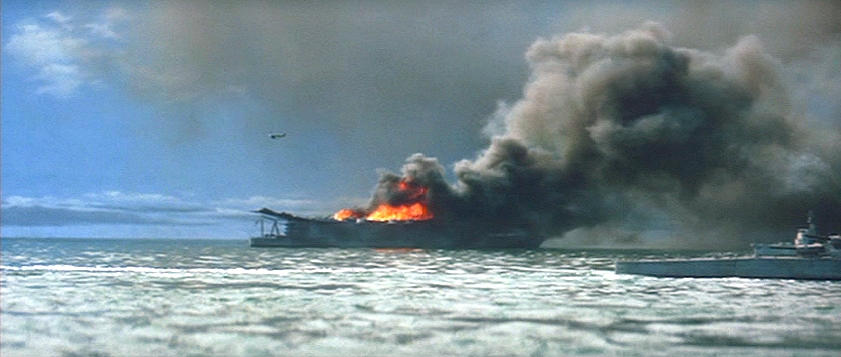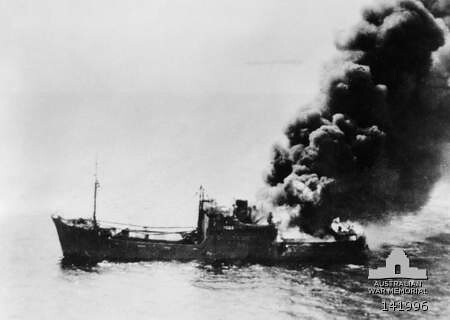December 9 1941 Steaming toward Battle
Kido Butai (First Air Fleet) (Striking Force)
Carriers Akagi, Kaga, Soryu, Hiryu, Shokaku, Zuikaku, battleships Hiei Haruna, Kongo, Kirishima, CA Tone (fleet flag: Yamamoto), , Chikuma, CL Abukuma, 14 destroyers, 12 fleet oilers,
detached
Refueling Group 1 – 3 oilers, 1 destroyer (en route to Japan after refueling fleet on December 6)
Refueling Group 2 – 5 oilers, 3 destroyers, CV Zuikaku (en route to Japan after refueling December 8)
Refueling Group 3 – 2 oilers, 1 destroyer (with Midway Invasion Force)
Refueling Group 4 – 2 oilers, 2 destroyers (off Marcus Island)
Midway Island Assault Force
CA Aoba, Furutaka, Kako, Kinugasa, 4 destroyers, 2 gunboats, 6 submarine chasers, 1 seaplane tender, 2 tenders, 9 transports, South Sea Force (4,886 troops)
losses: CVL Soryu,
aircraft losses: 203 aircraft all causes
The Japanese strike force left Japan with 459 aircraft (including spares). With only four available flight decks and serious losses among all squadrons, Admiral Yamaguchi orders a reorganization while the fleet is refueling on December 8. The Fleet has 111 fighters, 91 dive bombers and 88 torpedo bombers remaining. Each carrier is assigned 27 fighters, with 3 flown off to the Zuikaku to provide it with minimal defense. The Akagi, Kaga and Shokaku each are assigned 27 dive bombers with 10 assigned to the Hiryu. The Hiryu also gets 12 torpedo bombers, while the 27 each are assigned to the Akagi, Kaga and Shokaku, and 8 are sent with the Zuikaku to provide it with search and submarine patrol capability.
Also available are 12 Jake float planes aboard the Tone and Chikuma, while the battleships each carry 2 Pete float planes. However heavy seas and the high speed of the Japanese movements prevent the use of any of the float planes after noon on the 7th, as the Fleet cannot afford the time needed to recover them if launched.
Steaming to Battle
Night December 8/9
The Japanese forces steam at their best speed during the night. At 0700 hours 450 miles west steaming at 15 knots and is zig-zagging as the likelihood of American submarines has increased as they approach Midway. However the Striking Force runs into a severe storm during the night and is forced to slow to 12 knots and move off its track to the south to avoid the worst of it. While this prevents it from having to zig-zag to avoid any possible American submarines, it also delays the Japanese substantially. As dawn breaks on December 9 the Japanese Striking Force is still 500 miles from Midway, and still almost 1,000 miles away from the Invasion Force it is supposed to cover.
Although the seas are no longer running nearly as heavy by dawn, and the rain has ended, flight operations are still delayed for nearly 3 hours by still heavy seas and a low overcast. Yamamoto is able to order his fleet to return to 27 knots by 1000 hours, but including the need to zig-zag, the fleet is still 25 hours from where it is supposed to be and will be nearly 18 hours late. With little choice, Yamamoto orders a radio signal be sent to the Invasion Fleet to relay this vital information. The Invasion Force recieves the message and adding a blunder to the unavoidable, signals receipt. With zig-zagging the Japanese Invasion Force is 40 hours from Midway as of 0700 hours.
Midway Island picks up the two signals and immediately alerts Halsey. Unwilling to expose his fleet to possible discovery by radio intercept but with a need to have access to communications, he passes command over to Admiral Brown and he and his chief of staff Miles Browning fly over to Midway aboard a SBD. There not only does he have access to radio without danger of exposing his position (as the Japanese obviously know where Midway is), he also has access to the cable connecting Midway to Oahu. As acting commander of the Pacific Fleet (as senior officer left) he know does not have any longer has the luxury of being out of communication from Washington and the rest of the Pacific Fleet. He also for the first time is able to get a comprehensive report of the situation at Pearl Harbor and he issues several orders:
Task Force 1 is loading what Marines can be spared from the defense battalions at Oahu (2 machine gun companies), and is to begin steaming toward Midway at 1200 hours making best speed (18 knots) to Midway as planned to land reinforcements, spares, and ammunition. But at that speed and with the need to take evasive action against the submarine threat it is nearly a week away. Halsey decides that the issue will be decided in by then and orders Task Force 1 to remain at Pearl Harbor for now. The exception are the cruisers Helena and Phoenix, which are to leave port at 0900 hours and make a high speed run to link up with Brown by the morning of the 10th (30 knots can cover 1200 miles in 24 hours if they don't take evasive action, they will be going somewhat faster than that). While it is a risk for the cruisers, Halsey deems it a necessary one. Both cruisers with their duel purpose 5 inch /38s are considered vital for protecting the carriers with their anti aircraft guns.
Task Force 2 (the Scouting Force) will move to a position 100 miles southeast of Midway allowing it to remain close enough to support Midway. Once in position, 3 squadrons of Dauntless Scout Bombers plus the Marine Scout Bomber squadron of Vindicators will fly off to Midway and will be organized into a provisional air group commanded by Browning. A detachment from each carriers of fighters (4 Buffalos, 8 Wildcats) will move to Midway as well. In effect Midway is being used as a shield and a forward patrol base.
The float planes at French Frigate Shoals, as well as the destroyer seaplane tenders Swan and Avocet, as well as the destroyer minesweeper Breese will steam at their best speed to Midway to support the float planes (12 in all) which with the dive bombers will allow a very dense search pattern out to 250 miles, while the 12 PBYs will conduct long range searches out to 500 miles in the direction of the radio signals to the west and northeast.
Patrol Wing 1 will send 16 PBYs to French Frigate Shoals, where they will meet with the seaplane tender Wright. They will conduct long range patrols to the north and northwest to find the enemy.
Halsey also receives orders to not unduly risk the fleet straight from Admiral Stark, who is already digesting the losses suffered so far. Aircraft and aircrew can be risked, but avoiding unnecessary loses it important as well. However, Hawaii must be held, even if it costs what remains of the Pacific Fleet, and Midway is the outer redoubt of Hawaii. In an exchange of communiques Stark grants Halsey permission to defend Midway, but he is ordered to preserve the Fleet if it comes to a choice.
The Battle of Midway - 1st Day (December 9, 1941)
At 1000 hours, a PBY from Midway spots the Japanese Midway Assault Force 400 miles west of Midway. Working out the math, the Japanese will barely be within strike range by dusk, even if Brown moves his fleet and any strike will have to return in the dark. At their present speed the Japanese will reach Midway sometime on the 10th. Meanwhile the Japanese carriers finally launch their scouts at 1000 hours, using 40 Kates flying in pairs for that mission as slowing to recover float planes will slow the fleet.
Meanwhile in the morning hours PBYs arrive from Hawaii at French Frigate Shoals and are refueled. They have orders to begin a search as soon as visibility permits on the 10th.
A pair of Japanese scouts flies over Midway at 1300 hours and reports a large number of single-engined aircraft at the airfield, large numbers of seaplanes and flying boats, and several warships. However the one operational radar set on the island had picked up the Japanese Scouts, and flight of 4 Buffalo fighter bounces them, shooting one down almost immediately and heavily damaging the other which crashes on the way back to its carrier. This also makes it clear that the Japanese carriers are at least within search range, and a pair of PBYs are sent a signal to look for them.
At 1454 hours, the PBYs both spot the Japanese Carrier Force, 383 miles from Midway on a course that will take them 100 miles to the west of it. This is the first confirmation that the Japanese fleet has been reduced to four carriers, confirming that two have been sunk or forced to retire. This force too is beyond air strike range and likely to remain that way past darkness.
Meanwhile, at 1500 hours, aware that he has been spotted, Yamamoto orders the 4 cruisers of the 6th Cruiser Division (Aoba, Kinugasa, Kako, Furataka, Rear Admiral Goto commanding) with a pair of destroyers to proceed at full speed to Midway Island and under cover of darkness shell the airfield until it is neutralized and high explosive ammunition is exhausted. By morning the Carriers should be within range to provide air cover in case the American carriers are nearby and thus they should be able to withdrawal without undue risk. At 33 knots there is little fear of submarine attack, and what risk there is deemed acceptable. At this speed the Japanese cruisers will arrive offshore at 0200 hours December 10.
At 1800, a pair of Dauntless Dive Bombers from VB2 spots the Japanese cruisers 245 miles west of Midway steaming at high speed straight for the island. A warning is sent to Halsey. Both make attacks but miss while Japanese flak inflicts little damage to the American aircraft.
By the time the message reaches him, it is 0610 hours and it will be night within 20 minutes. A hurried scramble is out of the question as is a hurried attack. There is only one option available. A force of surface warships will have to meet and engage the Japanese and prevent them from shelling the airfield.
At 1830 hours, instructions are sent to Brown and Rear Admiral Raymond John H Newton to form a surface task force consisting of 5 cruisers and for Newton to take this force, along with 8 destroyers to meet the Japanese force. The remaining ships under Brown's command will form one task force and steam to a position 100 miles south of Midway which puts them within range to hit Invasion Fleet directly on the 10th, and by staging out of Midway hit the Japanese carriers or potentially strike them directly. Brown (aboard the Indianapolis) detaches the Minneapolis and Astoria (Cruiser Division 6, Rear Admiral Fletcher aboard the Minneapolis) to reinforce Newton's Cruiser Division 4 (Chicago, Portland) as well as the Chester from Cruiser Division 5. Rear Admiral Raymond Spruance is appointed commander of the screening force for the carriers.
Newton and his 13 ships form up by 1900 hours and steam at high speed (32 knots) to meet the enemy. His destroyers are deployed in an arc ahead of the Chicago (the flag ship) as only one of his ships (the Chicago) has radar and this will provide him a scouting force to spot the Japanese.
Task Force 6 (Rear Admiral Newton aboard Chicago)
Heavy Cruisers Chicago, Portland, Minneapolis,Astoria, Chester
Destroyers Farragut, Aylwin, Monaghan, Porter, Drayton, Flusser, Lamson, Mahan,
Midway 1st Bombardment Force (Rear Admiral Goto)
Heavy cruisers Aoba, Kinugasha, Kako, Furataka
destroyers Shigure, Yugure
Yamamoto decides that a follow up bombardment will be conducted in the afternoon on December 10. He orders Mikawa to prepare a battle plan using his 4 battleships, 1 light cruiser, and 3 destroyers to finish off the American base or to engage any American surface forces in the area , while Yamaguchi is ordered to hit the island as soon as he can launch at first light with half his dive bombers and a third of his fighters. His torpedo planes will be held in reserve to deal with any American carriers that may be nearby, although 24 plus all of the available float planes will conduct a search at first light. The remainder of the dive bombers will also be held in reserve for an anti-shipping strike and one third of the fighters will cover the carries, and the remaining third will be split between covering the cruisers and Mikawa and the Invasion Fleet which is coming into range of a possible strike from Midway. The fleet will change course so that it is within 50 miles of the island as soon as practical on the 10th and that zig-zagging can be dispensed with after dark to cut down the steaming time.
Kido Butai (First Air Fleet) (Striking Force)
Carriers Akagi, Kaga, Soryu, Hiryu, Shokaku, Zuikaku, battleships Hiei Haruna, Kongo, Kirishima, CA Tone (fleet flag: Yamamoto), , Chikuma, CL Abukuma, 14 destroyers, 12 fleet oilers,
detached
Refueling Group 1 – 3 oilers, 1 destroyer (en route to Japan after refueling fleet on December 6)
Refueling Group 2 – 5 oilers, 3 destroyers, CV Zuikaku (en route to Japan after refueling December 8)
Refueling Group 3 – 2 oilers, 1 destroyer (with Midway Invasion Force)
Refueling Group 4 – 2 oilers, 2 destroyers (off Marcus Island)
Midway Island Assault Force
CA Aoba, Furutaka, Kako, Kinugasa, 4 destroyers, 2 gunboats, 6 submarine chasers, 1 seaplane tender, 2 tenders, 9 transports, South Sea Force (4,886 troops)
losses: CVL Soryu,
aircraft losses: 203 aircraft all causes
The Japanese strike force left Japan with 459 aircraft (including spares). With only four available flight decks and serious losses among all squadrons, Admiral Yamaguchi orders a reorganization while the fleet is refueling on December 8. The Fleet has 111 fighters, 91 dive bombers and 88 torpedo bombers remaining. Each carrier is assigned 27 fighters, with 3 flown off to the Zuikaku to provide it with minimal defense. The Akagi, Kaga and Shokaku each are assigned 27 dive bombers with 10 assigned to the Hiryu. The Hiryu also gets 12 torpedo bombers, while the 27 each are assigned to the Akagi, Kaga and Shokaku, and 8 are sent with the Zuikaku to provide it with search and submarine patrol capability.
Also available are 12 Jake float planes aboard the Tone and Chikuma, while the battleships each carry 2 Pete float planes. However heavy seas and the high speed of the Japanese movements prevent the use of any of the float planes after noon on the 7th, as the Fleet cannot afford the time needed to recover them if launched.
Steaming to Battle
Night December 8/9
The Japanese forces steam at their best speed during the night. At 0700 hours 450 miles west steaming at 15 knots and is zig-zagging as the likelihood of American submarines has increased as they approach Midway. However the Striking Force runs into a severe storm during the night and is forced to slow to 12 knots and move off its track to the south to avoid the worst of it. While this prevents it from having to zig-zag to avoid any possible American submarines, it also delays the Japanese substantially. As dawn breaks on December 9 the Japanese Striking Force is still 500 miles from Midway, and still almost 1,000 miles away from the Invasion Force it is supposed to cover.
Although the seas are no longer running nearly as heavy by dawn, and the rain has ended, flight operations are still delayed for nearly 3 hours by still heavy seas and a low overcast. Yamamoto is able to order his fleet to return to 27 knots by 1000 hours, but including the need to zig-zag, the fleet is still 25 hours from where it is supposed to be and will be nearly 18 hours late. With little choice, Yamamoto orders a radio signal be sent to the Invasion Fleet to relay this vital information. The Invasion Force recieves the message and adding a blunder to the unavoidable, signals receipt. With zig-zagging the Japanese Invasion Force is 40 hours from Midway as of 0700 hours.
Midway Island picks up the two signals and immediately alerts Halsey. Unwilling to expose his fleet to possible discovery by radio intercept but with a need to have access to communications, he passes command over to Admiral Brown and he and his chief of staff Miles Browning fly over to Midway aboard a SBD. There not only does he have access to radio without danger of exposing his position (as the Japanese obviously know where Midway is), he also has access to the cable connecting Midway to Oahu. As acting commander of the Pacific Fleet (as senior officer left) he know does not have any longer has the luxury of being out of communication from Washington and the rest of the Pacific Fleet. He also for the first time is able to get a comprehensive report of the situation at Pearl Harbor and he issues several orders:
Task Force 1 is loading what Marines can be spared from the defense battalions at Oahu (2 machine gun companies), and is to begin steaming toward Midway at 1200 hours making best speed (18 knots) to Midway as planned to land reinforcements, spares, and ammunition. But at that speed and with the need to take evasive action against the submarine threat it is nearly a week away. Halsey decides that the issue will be decided in by then and orders Task Force 1 to remain at Pearl Harbor for now. The exception are the cruisers Helena and Phoenix, which are to leave port at 0900 hours and make a high speed run to link up with Brown by the morning of the 10th (30 knots can cover 1200 miles in 24 hours if they don't take evasive action, they will be going somewhat faster than that). While it is a risk for the cruisers, Halsey deems it a necessary one. Both cruisers with their duel purpose 5 inch /38s are considered vital for protecting the carriers with their anti aircraft guns.
Task Force 2 (the Scouting Force) will move to a position 100 miles southeast of Midway allowing it to remain close enough to support Midway. Once in position, 3 squadrons of Dauntless Scout Bombers plus the Marine Scout Bomber squadron of Vindicators will fly off to Midway and will be organized into a provisional air group commanded by Browning. A detachment from each carriers of fighters (4 Buffalos, 8 Wildcats) will move to Midway as well. In effect Midway is being used as a shield and a forward patrol base.
The float planes at French Frigate Shoals, as well as the destroyer seaplane tenders Swan and Avocet, as well as the destroyer minesweeper Breese will steam at their best speed to Midway to support the float planes (12 in all) which with the dive bombers will allow a very dense search pattern out to 250 miles, while the 12 PBYs will conduct long range searches out to 500 miles in the direction of the radio signals to the west and northeast.
Patrol Wing 1 will send 16 PBYs to French Frigate Shoals, where they will meet with the seaplane tender Wright. They will conduct long range patrols to the north and northwest to find the enemy.
Halsey also receives orders to not unduly risk the fleet straight from Admiral Stark, who is already digesting the losses suffered so far. Aircraft and aircrew can be risked, but avoiding unnecessary loses it important as well. However, Hawaii must be held, even if it costs what remains of the Pacific Fleet, and Midway is the outer redoubt of Hawaii. In an exchange of communiques Stark grants Halsey permission to defend Midway, but he is ordered to preserve the Fleet if it comes to a choice.
The Battle of Midway - 1st Day (December 9, 1941)
At 1000 hours, a PBY from Midway spots the Japanese Midway Assault Force 400 miles west of Midway. Working out the math, the Japanese will barely be within strike range by dusk, even if Brown moves his fleet and any strike will have to return in the dark. At their present speed the Japanese will reach Midway sometime on the 10th. Meanwhile the Japanese carriers finally launch their scouts at 1000 hours, using 40 Kates flying in pairs for that mission as slowing to recover float planes will slow the fleet.
Meanwhile in the morning hours PBYs arrive from Hawaii at French Frigate Shoals and are refueled. They have orders to begin a search as soon as visibility permits on the 10th.
A pair of Japanese scouts flies over Midway at 1300 hours and reports a large number of single-engined aircraft at the airfield, large numbers of seaplanes and flying boats, and several warships. However the one operational radar set on the island had picked up the Japanese Scouts, and flight of 4 Buffalo fighter bounces them, shooting one down almost immediately and heavily damaging the other which crashes on the way back to its carrier. This also makes it clear that the Japanese carriers are at least within search range, and a pair of PBYs are sent a signal to look for them.
At 1454 hours, the PBYs both spot the Japanese Carrier Force, 383 miles from Midway on a course that will take them 100 miles to the west of it. This is the first confirmation that the Japanese fleet has been reduced to four carriers, confirming that two have been sunk or forced to retire. This force too is beyond air strike range and likely to remain that way past darkness.
Meanwhile, at 1500 hours, aware that he has been spotted, Yamamoto orders the 4 cruisers of the 6th Cruiser Division (Aoba, Kinugasa, Kako, Furataka, Rear Admiral Goto commanding) with a pair of destroyers to proceed at full speed to Midway Island and under cover of darkness shell the airfield until it is neutralized and high explosive ammunition is exhausted. By morning the Carriers should be within range to provide air cover in case the American carriers are nearby and thus they should be able to withdrawal without undue risk. At 33 knots there is little fear of submarine attack, and what risk there is deemed acceptable. At this speed the Japanese cruisers will arrive offshore at 0200 hours December 10.
At 1800, a pair of Dauntless Dive Bombers from VB2 spots the Japanese cruisers 245 miles west of Midway steaming at high speed straight for the island. A warning is sent to Halsey. Both make attacks but miss while Japanese flak inflicts little damage to the American aircraft.
By the time the message reaches him, it is 0610 hours and it will be night within 20 minutes. A hurried scramble is out of the question as is a hurried attack. There is only one option available. A force of surface warships will have to meet and engage the Japanese and prevent them from shelling the airfield.
At 1830 hours, instructions are sent to Brown and Rear Admiral Raymond John H Newton to form a surface task force consisting of 5 cruisers and for Newton to take this force, along with 8 destroyers to meet the Japanese force. The remaining ships under Brown's command will form one task force and steam to a position 100 miles south of Midway which puts them within range to hit Invasion Fleet directly on the 10th, and by staging out of Midway hit the Japanese carriers or potentially strike them directly. Brown (aboard the Indianapolis) detaches the Minneapolis and Astoria (Cruiser Division 6, Rear Admiral Fletcher aboard the Minneapolis) to reinforce Newton's Cruiser Division 4 (Chicago, Portland) as well as the Chester from Cruiser Division 5. Rear Admiral Raymond Spruance is appointed commander of the screening force for the carriers.
Newton and his 13 ships form up by 1900 hours and steam at high speed (32 knots) to meet the enemy. His destroyers are deployed in an arc ahead of the Chicago (the flag ship) as only one of his ships (the Chicago) has radar and this will provide him a scouting force to spot the Japanese.
Task Force 6 (Rear Admiral Newton aboard Chicago)
Heavy Cruisers Chicago, Portland, Minneapolis,Astoria, Chester
Destroyers Farragut, Aylwin, Monaghan, Porter, Drayton, Flusser, Lamson, Mahan,
Midway 1st Bombardment Force (Rear Admiral Goto)
Heavy cruisers Aoba, Kinugasha, Kako, Furataka
destroyers Shigure, Yugure
Yamamoto decides that a follow up bombardment will be conducted in the afternoon on December 10. He orders Mikawa to prepare a battle plan using his 4 battleships, 1 light cruiser, and 3 destroyers to finish off the American base or to engage any American surface forces in the area , while Yamaguchi is ordered to hit the island as soon as he can launch at first light with half his dive bombers and a third of his fighters. His torpedo planes will be held in reserve to deal with any American carriers that may be nearby, although 24 plus all of the available float planes will conduct a search at first light. The remainder of the dive bombers will also be held in reserve for an anti-shipping strike and one third of the fighters will cover the carries, and the remaining third will be split between covering the cruisers and Mikawa and the Invasion Fleet which is coming into range of a possible strike from Midway. The fleet will change course so that it is within 50 miles of the island as soon as practical on the 10th and that zig-zagging can be dispensed with after dark to cut down the steaming time.
Last edited:
